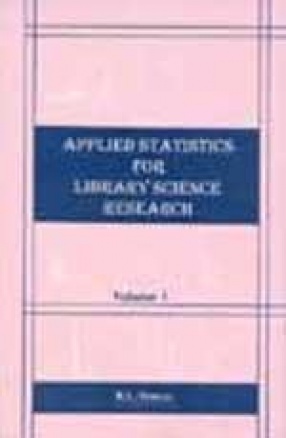
R.L. Sehgal

Showing all 9 books

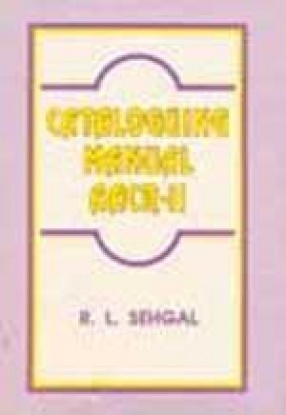
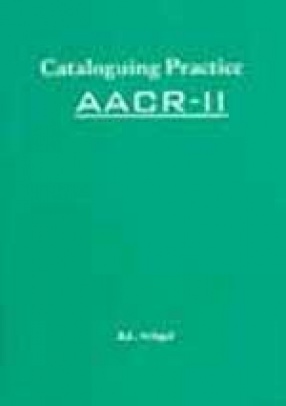
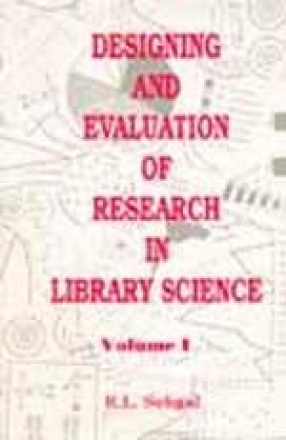


This books is intended for use in an applied introductory statistics course. As in this edition, the principles of both descriptive and inferential statistics are discussed and illustrated in situations that are close to most student's how experience. Students with a background limited to basic algebra will be ableto complete the necessary mathematical calculations. The chapters in the text are organized according to several criteria, including the analytical ...

This book is intended for use in an applied introductory statistics course. As in this edition, the principles of both descriptive and inferential statistics are discussed and illustrated in situations that are close to most student's own experience. Students with a background limited to basic algebra will be able to complete the necessary mathematical calculations. The chapters in the text are organized according to several criteria, including the analytical ...
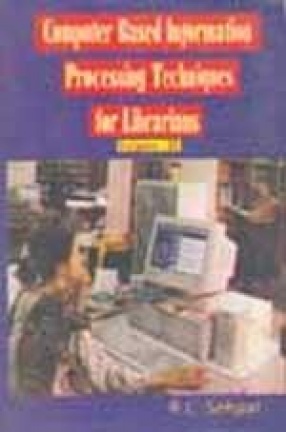
Today's library science students/practicing librarians and information scientists must prepare to enter a world that has become heavily dependent on computers for it's very survival. There can be little question that library automation is a driving force for library change today with computers appearing in every area of documentation centre. This innovative volume offers in-depth coverage of what a library computer system is, what it is capable of, where and how ...

A number of organisations have produced, or are producing, packages of programmes usually written in a general way for library and information work. Details of packages suitable for particular applications will be described in the relevant chapters, and points to consider when choosing software are described. In this book some of the packages which have been developed as integrated library systems will be described in detail as these encompass applications; some ...

User Education in Computer Based Libraries provides a new direction to the subject by identifying the likely problems and areas of need and outlining computer based methods of meeting them. There are chapters on : library user education, system situation and users, library user interface requirements, software interface for users, support system for user knowledge, computer system for user education, input and output devices, file processing and secondary ...

This "Cataloguing Manual AACR-II" consists of two section. Section-A deals with the theory of AACR -II and Section-B covering the cataloguing practice. Section-A tell the fundamentals of the writing style of the card catalogue and its theory, rules and codes. Section-B is only a continuation of practical cataloguing aspects using AACR -II covering the specific aspects relating to subject heading, corporate bodies, uniform titles, motion pictures, serial ...

This book is a continuation of practical cataloguing aspects using AACR-II covering the specific aspects relating to subject headings, corporate bodies, uniform titles, motion pictures, serial publications, pseudonyms and editorial works. By studying this book, students will be in a position to grasp the essentials of Practical cataloguing utilising the AACR-II. A number of examples have been prodided to help students to understand some of the complex problems in ...

Designing and Evaluation of Research in Library Science is directed to all the students starting first course in Library Science Research. Because this field continues to grow so rapidly with egard to knowledge it contains and the methodologies it employs, the authors of the any introduetory text is forced to carefully define their goals as a first step in deciding what to include in their book. In my case, I cntinually kept three main goals in mind. I wanted to ...

Statistical techniques re being increasingly used as a tool for research and interpretation of data in all branches of knowledge, particularly in library. Statistical techniques helps one to draw conclusions about the world around us from quantitative, but limited and more or less imperfect observations. This book explains the principle techniques used by librarians for arriving at their conclusions and for making decisions in the fare of the inevitable ...
